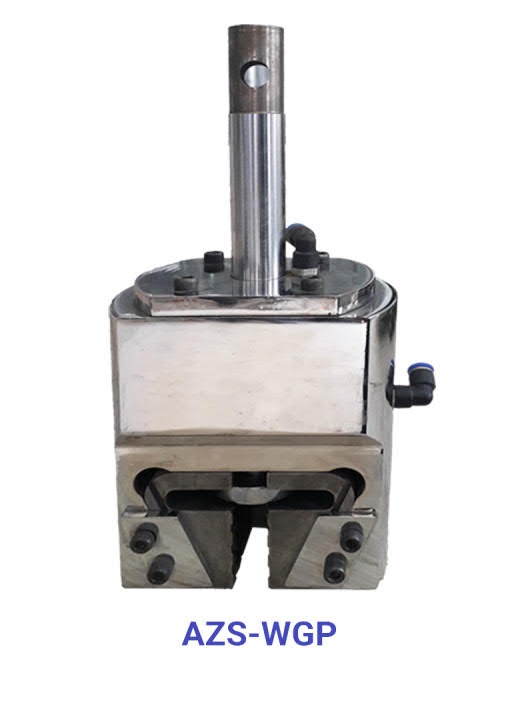
Wedge Grips, due to their design, have a self-tightening mechanism. These grips are the most common type for holding round and flat specimens during tensile tests.
In this type of grip, an initial force is applied to the wedges (which can be flat or round). This force can be manual (screw), pneumatic, or hydraulic. This force is necessary for the initial holding of the specimen by the wedges, and as the tensile test begins, the test force causes the specimen to be held more tightly by the wedges.
Typically, for low-force ranges (up to approximately 15 tons), manually or pneumatically operated grips are used, while for ranges up to 25 tons, pneumatic or hydraulic actuators are used, and for higher ranges, hydraulic systems are typically employed.